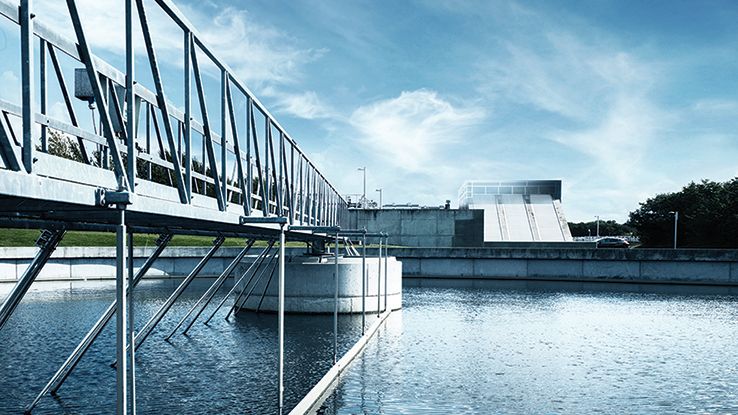Denmark Shows the World How to Design a Water Grid
Published on by Water Network Research, Official research team of The Water Network in Technology
The Scandinavian nation is an innovative master when it comes to recycling and reusing their water.

With the help of Danfoss drives, the Aarhus water treatment plant in Denmark not only ensures clean water – it also produces more electricity and heating than it consumes. Source: Danfoss
For a model of water infrastructure, Chin Lien, Director of Water Services at the multi-national engineering firm WSP, looks to Scandinavia, where, as he says, “they have developed sustainable infrastructure to recycle and reuse water.” Take Denmark, for example.
Though the country is relatively small, its serpentine coastline measures 4,000 miles long, and its contours make it so that no place in the country is more than 30 miles from the sea, making it something of a laboratory for 21st century water infrastructure.
Water management is a complex affair that entails waste water, drinking water, and storm water—and the most promising emerging models integrate these systems, as they do throughout Denmark.
Rather than sequestering water into sewers, which amplifies the risk of unhealthy run-offs (rendering urban waterways unswimmable), cities in Denmark have been integrating it into the urban landscape. As the Danish Water Forum explains in a policy paper, “just a decade ago, most cities in Denmark regarded water as something to hide and remove in sewers, not as the valuable resource it actually is.”
Now, having implemented a water infrastructure modernization, the organization points to a dramatic reduction of demand on waste water treatment, and of the number of combined sewer overflows —that leakage, by design, of sewage into open waterways when storm water exceeds a system’s capacity.
Read more: Architectural Design
Media
Taxonomy
- Water Reuse & Recycling
- Policy
- Watershed Management
- Governance
- Technology
- Reuse
- Water Management
- Infrastructure
- Infrastructure Management